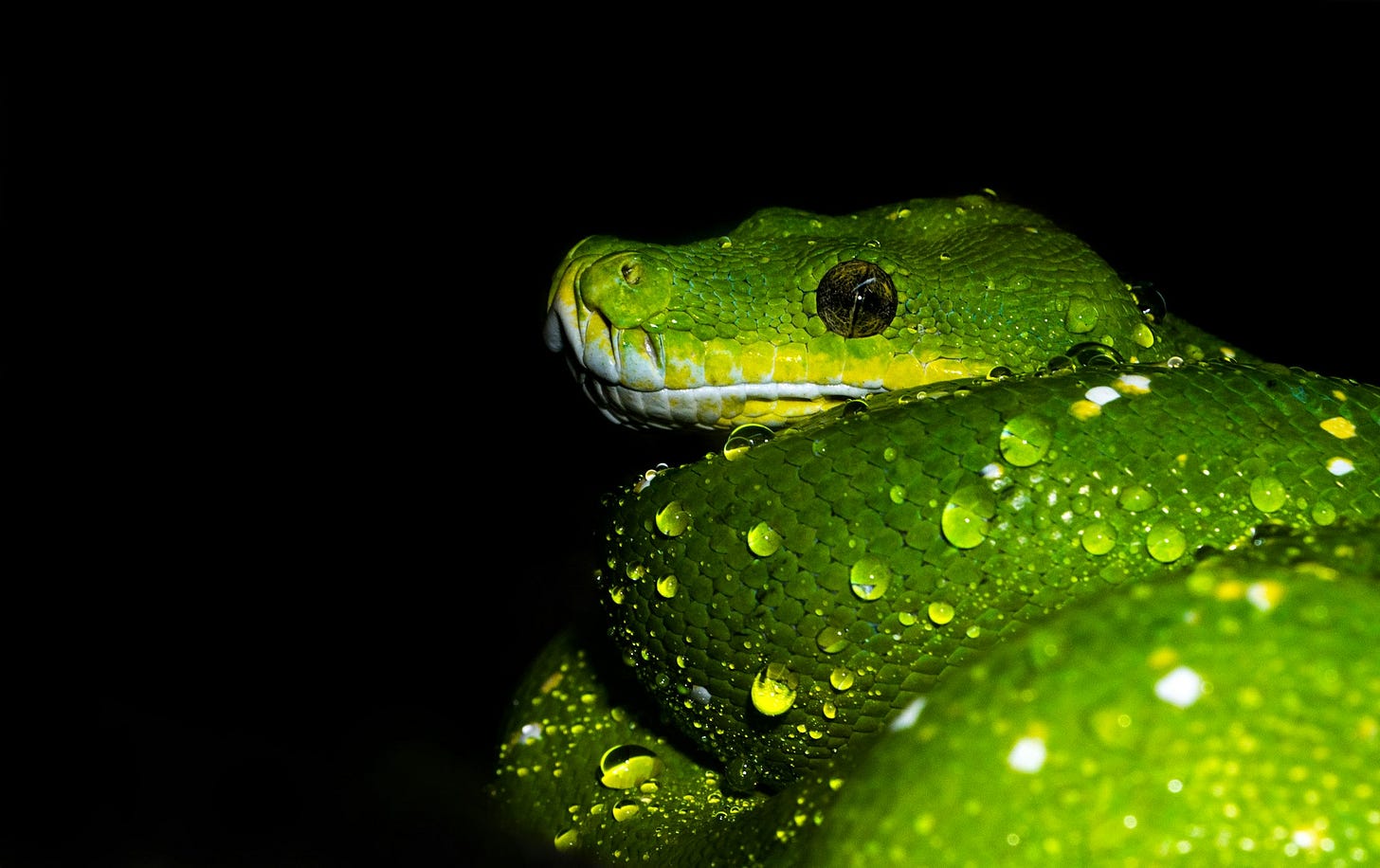Functional Programming in Python
What's the different between Functional Programming and OOP for Python? I share my notes from this great talk.

I'm spending time trying to understand the differences between writing classes and functions in Python. Which one is better and why? From what I'm gathering, a lot of people are tired of writing classes in general. Classes are used in Object Oriented Programming (OOP) and some Python coders hate it because it's writing too many lines of code when only a few matter. So programmers like functional programming (FP) in Python instead.
To that end, I've been watching videos of both. OOP and FP videos on the Internet and started writing notes on them. Below is a great but also very deep video on functional in Python by Daniel Kirsch from PyData 2016. It's a great video and his presentation is about 30 minutes with a great Q&A session.
Functional Programming in Python
My notes from the above video are above are below:
First Class Functions
Higher Order Functions
Purity
Immutability (not going to talk about it)
Composition
Partial Application & Currying
Purity, a function without 'side effects'
First Class Functions, simply means that functions are like everybody else
Can define with 'def' or lambda
Can use the name of functions as variables and do higher-order programming
Decorators "… provide a simple syntax for calling higher-order functions. By definition, a decorator is a function that takes another function and extends the behavior of the latter function without explicitly modifying it."
Partial function applications - "The primary tool supplied by the Functools module is the class partial, which can be used to “wrap” a callable object with default arguments. Partial objects are similar to functional objects with slight differences. Partial function application makes it easier to write and maintain the code."
Partial functions are very powerful
"Currying transforms a function that takes multiple arguments in such a way that it can be called as a chain of functions. Each with a single argument (Partial Application)." via Wikipedia
The important concept for Currying is closures, aka lexical scoping
Remembers the variables in the scope where it was defined
List comprehensions vs functional equivalents
Map function vs list comprehension
Filter function vs list comprehension
Reduce vs list comprehension
Why not write out the loop instead? Using Map/Filter/Reduce is cleaner
Function composition: i.e. run a filter and then map: map(f, filter(p, seq))
'Import functools' is very useful
Main takeaways: Function Programming is possible in Python (to a degree)
Main takeaways: Small composable function are good
Main takeaways: FP == Build General Tools and Compose them
Python is missing: more list functions
Python is missing: Nicer lambda syntax
Python is missing: Automatic currying, composition syntax
Python is missing: ADTS (Sum Types)
Python is missing: Pattern Matching
Some remedies for list functions
Links provided in video @ 26:00
Suggest learning Haskell as a gateway to functional programming.




